Have you ever come home, excited to cuddle your kitten, only to be met with a flurry of sharp claws and tiny bites? It’s a shock, isn’t it? Play aggression in kittens can turn those adorable moments into a whirlwind of chaos, leaving you with scratched hands and a confused heart. But don’t worry—this wild energy is not a sign of a “bad cat.” It’s a natural part of kittenhood, and with the right guidance, you can transform your little tornado into a gentle companion. Let’s dive into the world of kitten play aggression and discover how you can nurture a sweet, playful, and loving feline.
Understanding Play Aggression in Kittens

Play aggression can be surprising if you’re not expecting it. Kittens often pounce, bite, and scratch during play because it’s how they learn to hunt and interact with their world. Their wild bursts aren’t about anger—they’re simply practicing skills they’d need in nature. When a kitten attacks your hand or foot, it’s channeling its inner tiger. Recognizing that this behavior is instinctual can help you stay patient and calm. The key is not to punish but to guide. Think of your kitten as a child learning to play without hurting others. Understanding this is the first step toward curbing rough play.
Recognizing the Signs of Play Aggression
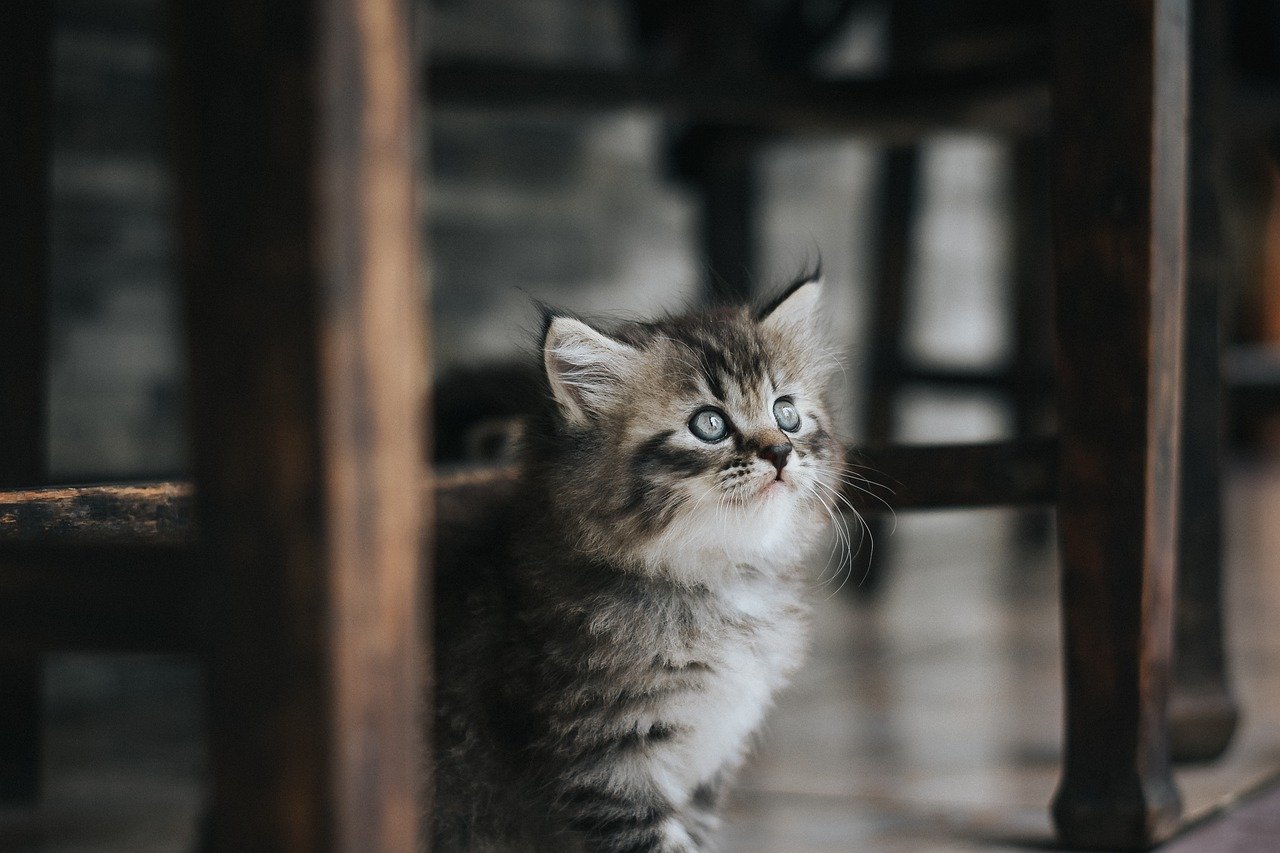
It’s easy to mistake play aggression for true aggression, but there are differences. Playful kittens have dilated pupils, twitchy tails, and tend to leap with excitement. Their ears might face forward, and they may crouch as if stalking prey. If your kitten suddenly bites during petting, pay attention to their body language. Quick, energetic movements and pouncing are classic signs. Unlike fearful aggression, playful attacks don’t come with hissing or growling. Learning to spot these clues helps you respond appropriately, preventing misunderstandings and hurt feelings.
Setting Boundaries Early

Boundaries are crucial, just like with young children. If you let your kitten bite and scratch your hands now, they’ll think it’s okay as adults. Consistency is your best friend here. If your kitten starts to play rough, immediately stop the interaction. Withdraw your hand and ignore them for a moment. This teaches them that fun stops when they get too rough. Over time, they’ll learn to play more gently. Setting boundaries early saves you from bigger problems down the road.
Using Appropriate Toys

Hands are not toys—this is the golden rule! Always use kitten-safe toys when playing. Wand toys, stuffed mice, and feather teasers let your cat express their hunting instincts without hurting you. Toys create a safe distance between your skin and their sharp little teeth. Rotate the toys to keep things fresh and exciting. Investing in a variety of textures and shapes keeps your kitten curious and engaged. This simple change makes a world of difference in preventing unwanted biting.
Redirecting Rough Play

When your kitten goes after your fingers, don’t just yank your hand away. Instead, grab a toy and redirect their attention. Wiggle a string, toss a plush mouse, or roll a ball. The goal is to show them what’s okay to bite and what isn’t. Over time, they’ll associate toys with biting and your hands with gentle strokes. Redirection takes patience, but it pays off. Think of it as gently nudging your kitten onto the right path.
Socializing Your Kitten

Kittens learn manners from their littermates. If they bite too hard, a sibling will squeal or stop playing. Socializing your kitten with other cats (if safe) or gentle humans teaches them boundaries. Arrange playdates, or introduce your kitten to calm, vaccinated adult cats. Supervise these interactions to ensure safety. Watching other cats play gently can teach your kitten valuable lessons. Socialization makes for a well-adjusted and happier pet in the long run.
Providing Plenty of Playtime
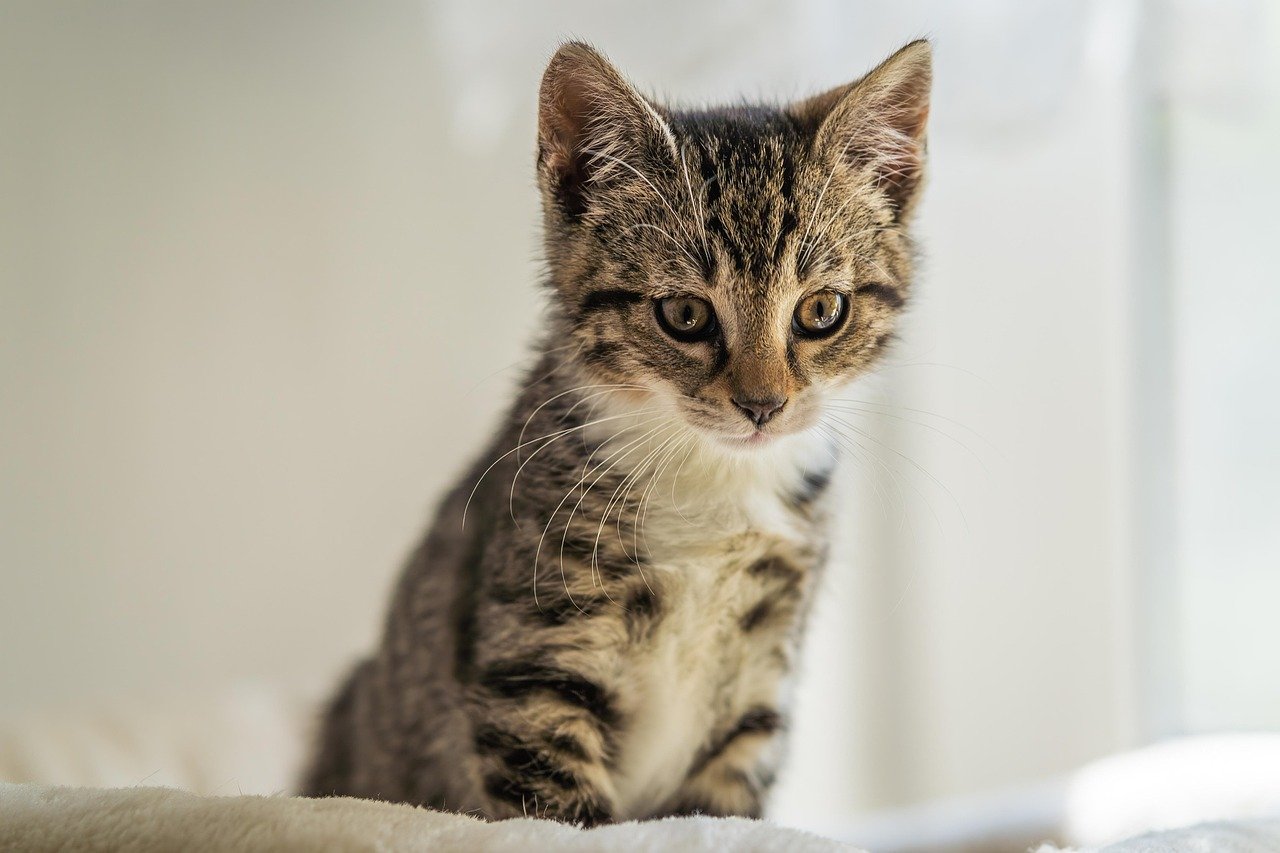
A bored kitten is a mischievous kitten. Make sure your little one gets enough exercise and mental stimulation. Schedule several short play sessions throughout the day. Use a mix of toys—chasing, batting, and puzzle toys are all great choices. Active play helps burn off energy that might otherwise be directed at your hands or ankles. A tired kitten is less likely to get into trouble. Playtime also builds a deeper bond between you and your furry friend.
Understanding Bite Inhibition

Bite inhibition is a kitten’s ability to control the strength of their bite. It’s learned through play with siblings and humans. If your kitten bites too hard, let out a high-pitched “ouch” and stop playing. This mimics the feedback they’d get from a littermate. Consistently doing this teaches them to be gentler. Bite inhibition is a critical skill—they’ll use it for life, not just during kittenhood. Be patient, as it can take time for lessons to stick.
Never Use Physical Punishment

It’s tempting to scold or tap a kitten when they bite, but this can backfire. Physical punishment only teaches fear, not respect. Instead of learning to play gently, your kitten may become anxious or more aggressive. Always use gentle corrections and positive reinforcement. Reward calm behavior with treats or extra cuddles. A loving approach builds trust and encourages good habits. Remember, kindness creates a safer and happier environment for your kitten.
Providing Safe Spaces
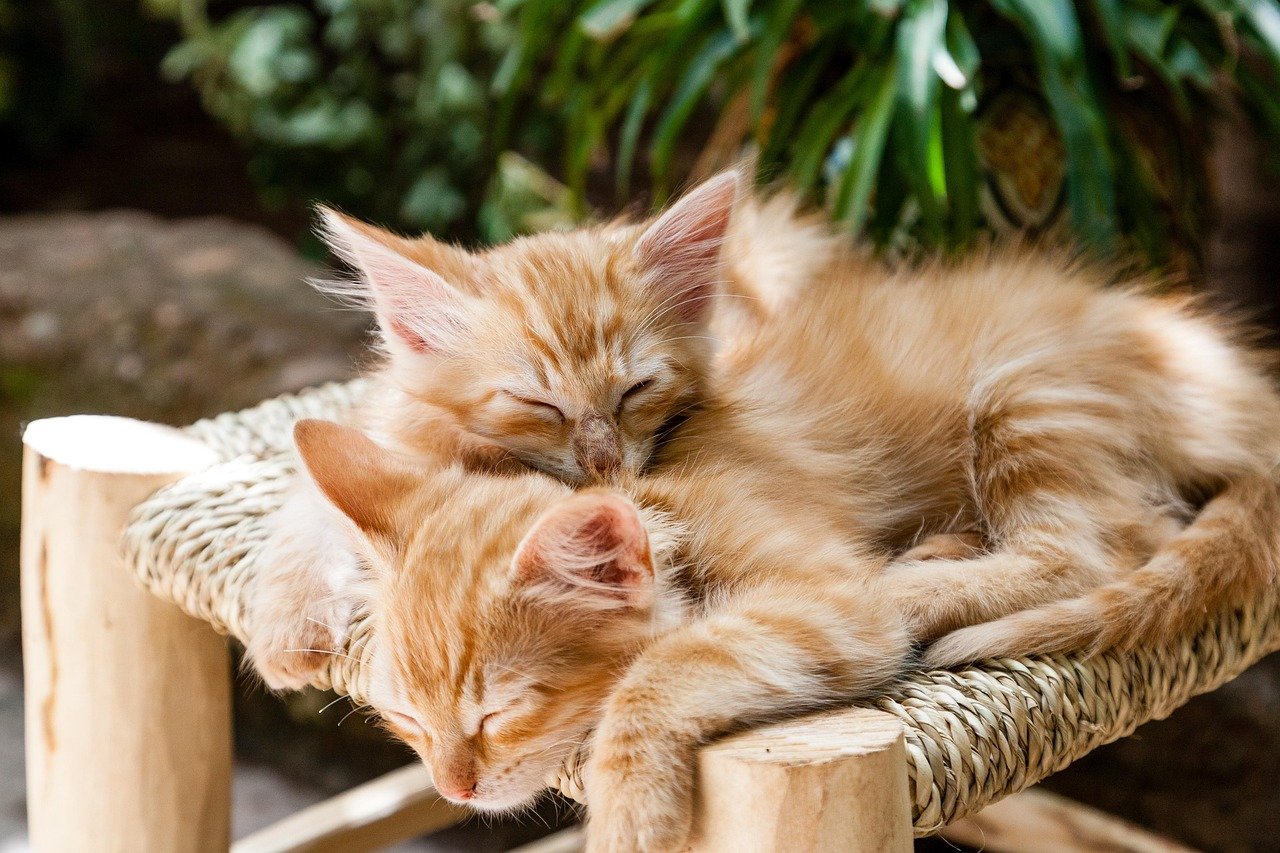
Sometimes kittens get overstimulated and need a break. Make sure your kitten has cozy spots to retreat to—like a soft bed, a box, or a cat tree. When play gets too intense, guide them to their safe space. Encourage quiet time with gentle petting or soft music. These retreats help your kitten recharge and regulate their energy. A calm, relaxed kitten is less likely to lash out. Safe spaces are essential for both play and rest.
Learning Your Kitten’s Triggers

Every kitten is unique. Some get riled up by fast movements, while others react to being touched in certain spots. Observe your kitten’s behavior and note what sets them off. Avoid roughhousing, especially with your hands. If you see signs of overstimulation—like twitching tails or flattened ears—pause the play. Adjust your interactions based on your kitten’s preferences. Understanding triggers helps you avoid unnecessary bites and scratches.
Encouraging Gentle Play
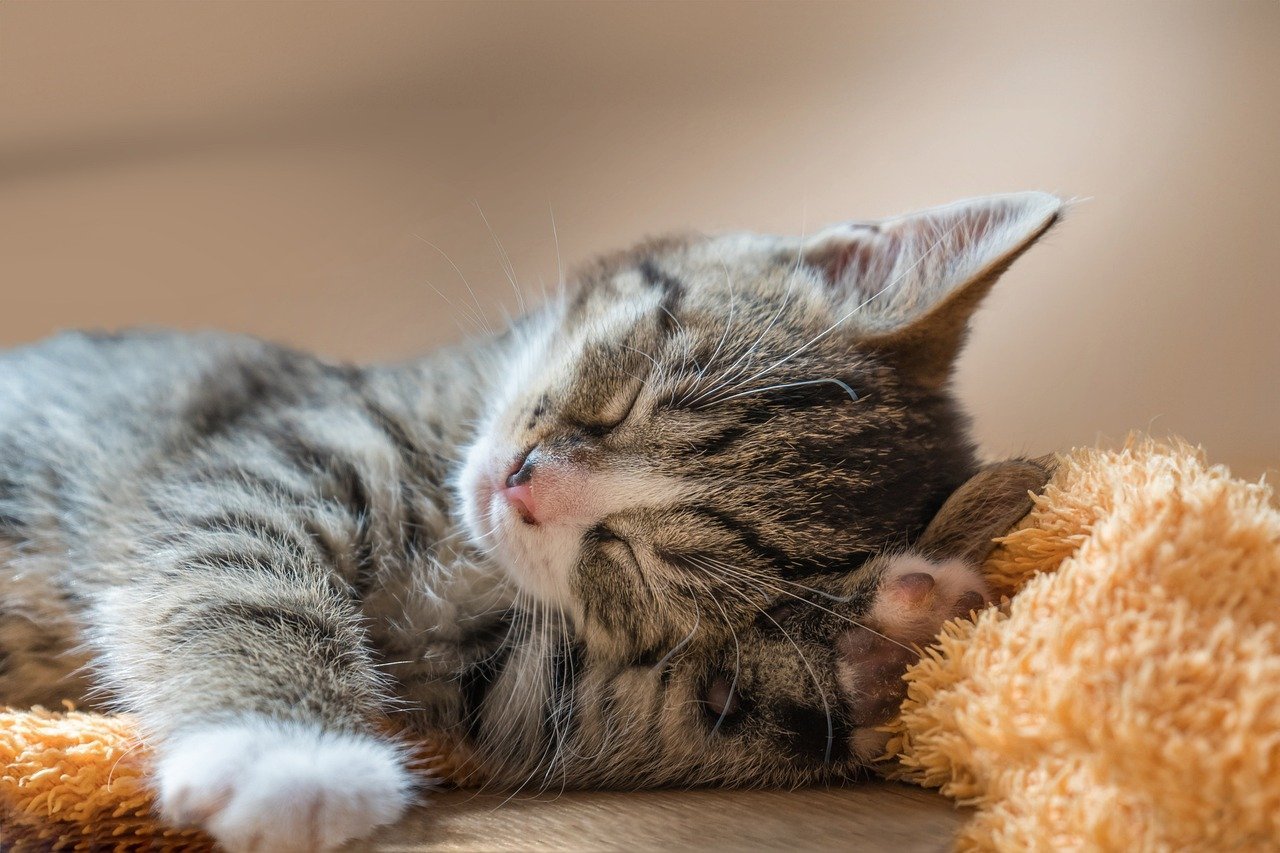
When your kitten plays nicely, let them know! Praise gentle behavior with a soft voice or a treat. You can even teach your kitten to touch your hand with their nose or paw instead of their teeth. Practice “soft paws” by rewarding them when they keep claws retracted. Reinforcing good behavior helps gentle play become a habit. Over time, your kitten will choose soft, sweet interactions over rough ones.
Using Treats and Positive Reinforcement

Kittens are quick learners when food is involved. Use treats to reward calm play and gentle behavior. For example, if your kitten chases a toy instead of your hand, give them a snack. This positive reinforcement tells them they’re doing the right thing. Be consistent—reward the behavior you want to see more of. Over time, your kitten will learn that playing nicely leads to yummy rewards.
Recognizing Overstimulation

Kittens can become overstimulated quickly, especially during intense play. Watch for signs like flattened ears, wide eyes, or a flicking tail. If you notice these, stop the game and give your kitten time to calm down. Overstimulation can lead to sudden bites or scratches. Give your kitten a few minutes to relax before resuming play. Learning to read these signals keeps both you and your kitten safe.
Teaching “No” Gently
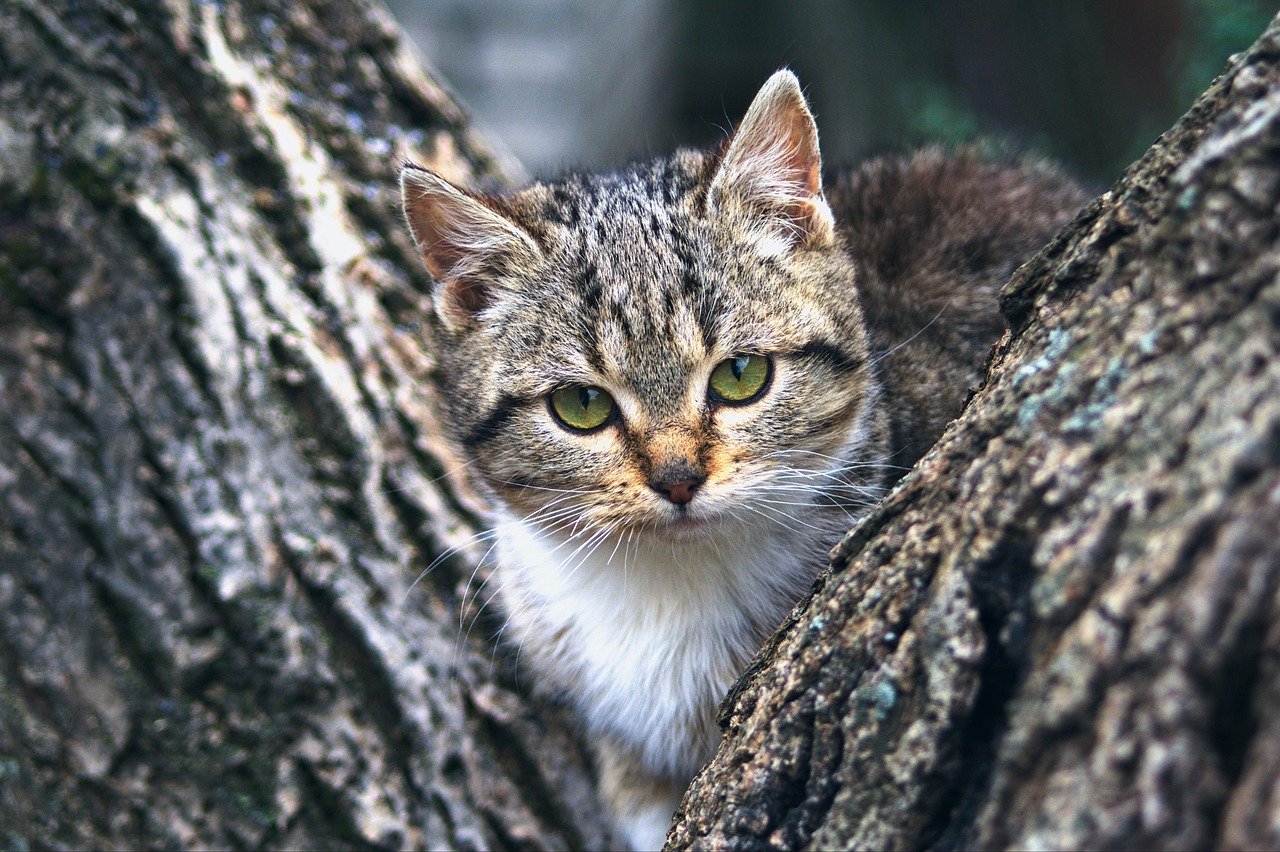
It’s important to have a clear way to say “no.” Use a firm, calm voice—not yelling—when your kitten gets too rough. You can also use a gentle hiss, mimicking the sound a mother cat might make. Immediately stop playing and withdraw attention. Over time, your kitten will connect rough behavior with a loss of fun. Gentle, consistent corrections are the most effective way to teach limits.
Rotating Toys to Prevent Boredom

Kittens can lose interest in toys if they see them every day. Prevent boredom by rotating your kitten’s toys regularly. Hide some away and swap them out every few days. This keeps playtime exciting and reduces the temptation to attack your hands or furniture. Introducing new toys also stimulates your kitten’s mind and encourages healthy play. A variety of toys makes for a happy, engaged kitten.
Involving the Whole Family
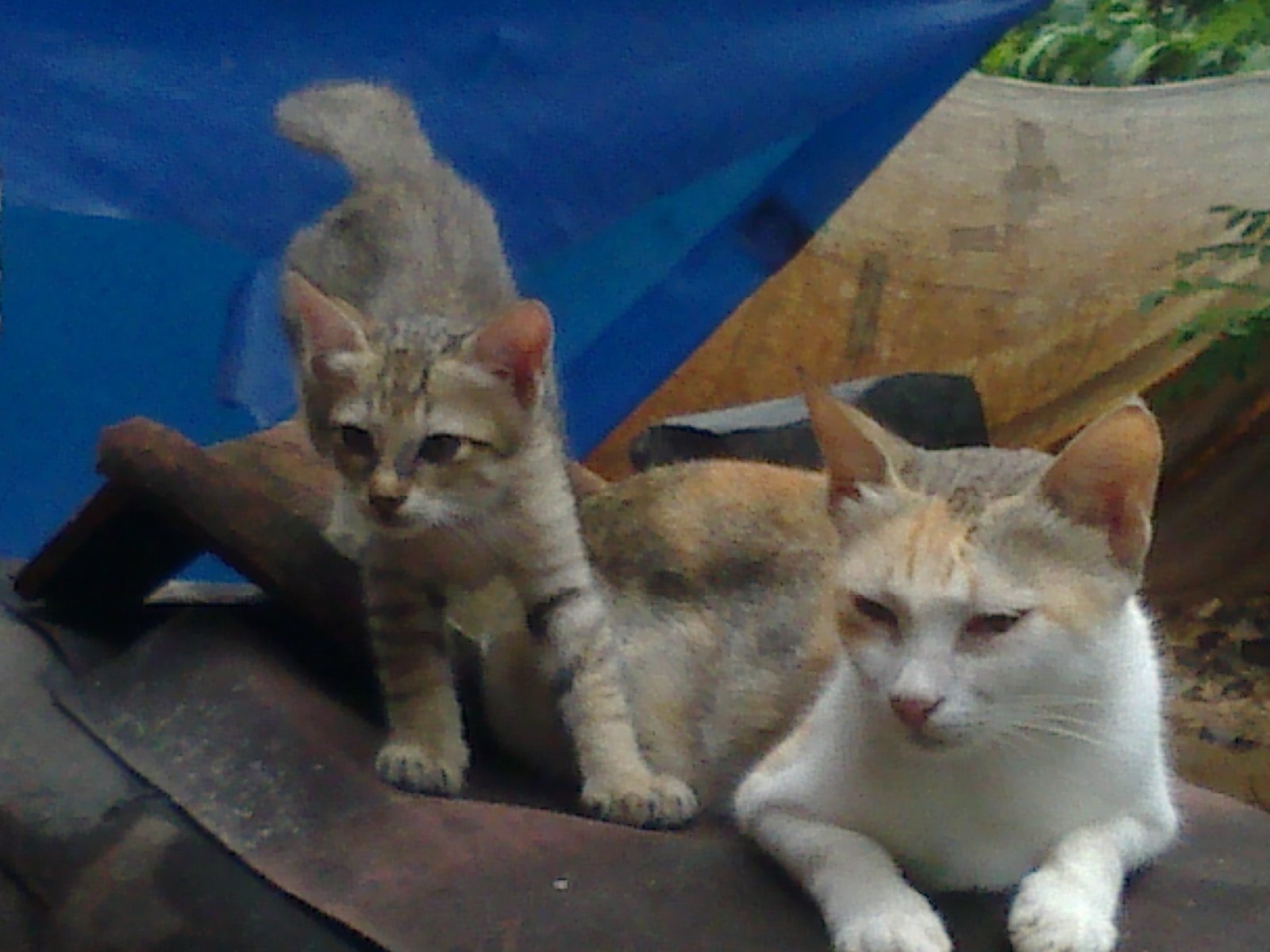
Consistency is key, so involve everyone in your household. Make sure all family members know the rules—no playing with hands, always use toys, and reward gentle play. If you have children, teach them how to interact safely with the kitten. Supervise play sessions to prevent accidents. When everyone is on the same page, your kitten learns faster. A united approach creates a safer, happier home for both humans and felines.
Creating a Routine

Kittens thrive on routine. Schedule regular playtimes, meals, and rest periods. Predictable routines help kittens feel secure and less anxious. When they know when to expect play, they’re less likely to attack out of boredom or frustration. Stick to a daily schedule as much as possible. Routines also make it easier to manage your kitten’s energy and prevent unwanted behavior.
Seeking Help from Professionals
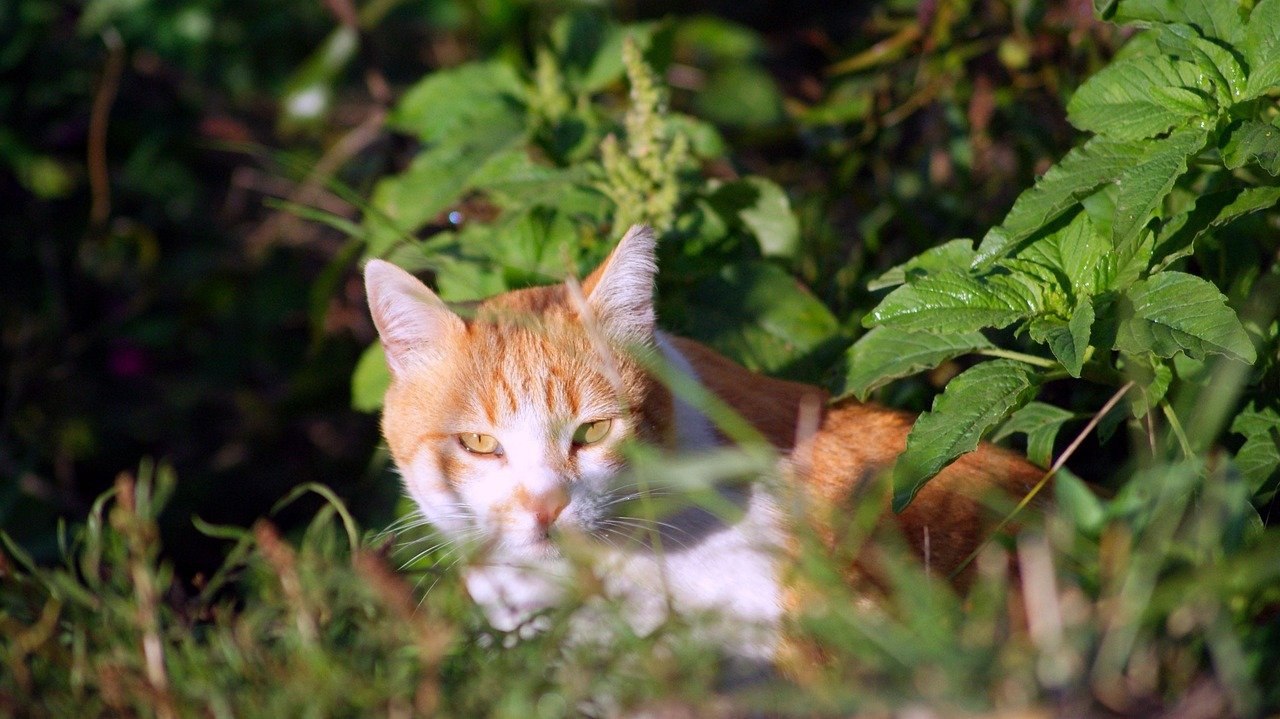
If your kitten’s play aggression feels overwhelming, don’t hesitate to seek professional advice. Veterinarians and animal behaviorists can offer tailored guidance. Sometimes, aggression is a sign of underlying health issues or anxiety. A professional can help you identify and address these problems. Don’t be ashamed to ask for help—every kitten is different, and sometimes you need expert support. It’s a sign of love and commitment to your pet.
Patience and Persistence

Changing behavior takes time. You might feel frustrated or discouraged when progress is slow. Remember, kittens are learning about the world—and you’re their teacher. Celebrate small victories and stay consistent with your approach. If you slip up, don’t worry. Just get back on track and keep going. With patience and persistence, your kitten will grow into a gentle, loving companion.
Hi, I’m Bola, a passionate writer and creative strategist with a knack for crafting compelling content that educates, inspires, and connects. Over the years, I’ve honed my skills across various writing fields, including content creation, copywriting, online course development, and video scriptwriting.
When I’m not at my desk, you’ll find me exploring new ideas, reading books, or brainstorming creative ways to solve challenges. I believe that words have the power to transform, and I’m here to help you leverage that power for success.
Thanks for stopping by, Keep coming to this website to checkout new articles form me. You’d always love it!






